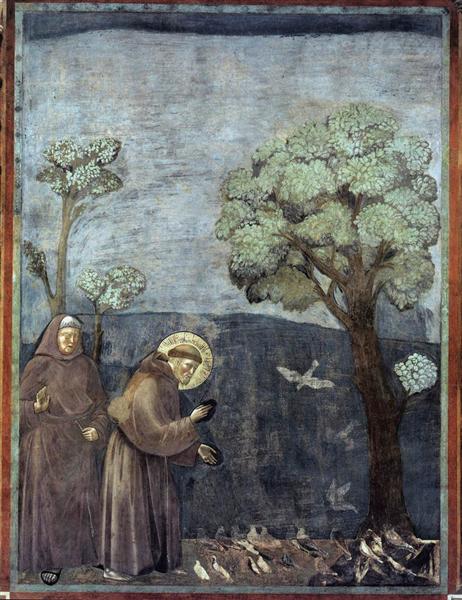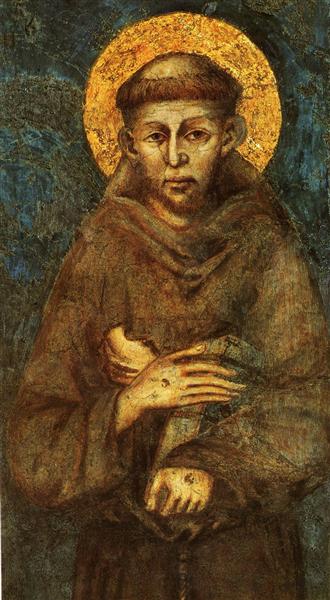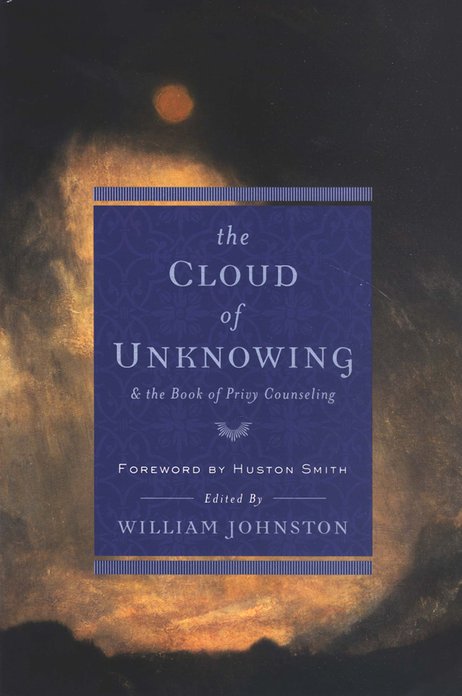O Heavenly King, the Paraclete, the Spirit of Truth, who are present everywhere, filling all things, Treasury of Good and Giver of Life, come and dwell in us, cleanse us of every stain, and save our souls, O Good One.
![]()
Sometimes Pentecost is referred to as the birthday of the church, and no one could deny that this day is the one where we see the followers of the risen and ascended Jesus gathered in one place and enthused, empowered, equipped by the Spirit to continue his work of reconciliation and transformation. But the words of the prayer I have just said suggest that Pentecost has a somewhat wider reach than the life of the church in any narrow sense. These words, from an ancient prayer addressed to the Holy Spirit, point to the one who fills all things, who gives all life, who saves, cleanses, abides, is present far beyond the limits of the church in its institutional or communal reality, though all these things must surely be true of the church as well. But the work of the Holy Spirit, the life-giving life of the Holy Spirit, is free, boundless and generous; beyond our grasp and certainly beyond our control.
The traditional icon of this feast of Pentecost, which you can see on your screens now, tells us something about the realm of the Spirit’s operation. At first glance, this image seems to bring the focus very clearly onto the gathered church, seated here in a semi-circle, with the apostles receiving the gift of the Spirit in a tongue of fire. There are some very interesting features of this icon, which may not be obvious on first viewing. First of all, this is not a scene from history. There is no attempt to recreate the scene described in today’s reading from Acts because the 12 here are not just the disciples called by Jesus, but also the 4 Evangelists and Paul. This is not about mere events, but the eternal reality of the Spirit’s inspiration on all who follow in the way of Christ. Another key feature of this image is its central absence. Right in the place where we would expect to see an enthroned figure, the teacher, there is a gap. In the middle of the semi-circle is a space which is unoccupied, or, rather, a space that is occupied by Christ who is no longer present in historical form, but present now in his abundant openness, his cosmic reality filling all things.
But most curious of all is the strange figure right in the centre of the foreground. In a dark space at the heart of the image is an old king, wearied by time, holding out a sheet in which is held 12 scrolls, symbolic of the teaching of the 12 apostles seated around him. He is Cosmos, the world, eager to hear a word of life, desperate to be awakened into new life. He longs to hear words of release, of forgiveness, of healing. He longs to be freed from the darkness that surrounds him, animated by a new spirit of truth and enlightenment. He is the longing of every oppressed, weary, fearful or constrained creature who reaches out towards the light.
So what does the Holy Spirit offer to this Cosmos who holds out his hands and asks for a gift?
At Easter, you may have heard me complaining about the paucity of images of the resurrection in our churches and I’m tempted to complain once more about the relative lack of images of the Holy Spirit. But I don’t need to complain too much this time, because we have a very powerful image of the Spirit right here at the focal point of the church. Above my head are 7 oil lamps which symbolise the gifts of the Spirit of God. Traditionally, these are the gifts enumerated by St Paul in Galatians: love, joy, peace, long-suffering, gentleness, goodness, faith meekness, self-control. But the gifts of the Spirit are not restricted to this or any other list! God pours out gifts upon the whole earth, to be embraced by any who are open to receiving them, gifts beyond our imagining, beyond our limitations. And if the Pentecost icon depicts weary Cosmos holding out his hands to receive gifts for the better living of this life, what gifts might we seek today? What would bring life to this world of ours at this time?
These gifts may not be spectacular, and they may not be what we would normally think of as charismatic gifts, but they are the most precious gifts of all. Let me suggest just a few. First is the gift of wisdom, Sophia. This is insight into the true nature of things, which is their divine nature. This is the insight that refuses to consign anything to mere utility or, worse, expendability. Wisdom reveals the God-breathed nature of all things and demands that we see worth in everything that breathes.
Next, this wisdom leads to the gift of discernment. This is the subtle gift of knowing how best to decide, how to judge a situation and respond in such a way as to benefit the common good, how to choose a path that is godly, life-giving and generous. It is the gift of a courageous and constant commitment to truthfulness and is much needed in our times.
Then there is the gift of understanding. The gift to see life from other perspectives, to see beyond our prejudices and see that God is present beneath the surface of things, always at the heart of the matter.
Then there is the gift that allows these others to work freely – the gift of inner peace. This is the gift that dispels the clouds from our true heart, our true centre, so that we may see clearly. It is the gift of quiet, of simplicity, of stillness, of inner stability; the gift to go beyond the inner turmoil or anxiety that may prevent us from acting freely and truthfully. This is the spiritual gift that is granted to any who find a way to sit still and listen, just like those disciples seated in the Pentecost icon.
I am not suggesting that these spiritual gifts, so desperately needed by weary Cosmos, are only available from the church. The Spirit is not confined. But they are given to those who follow in the way of Christ and who are willing to receive them, not for their own edification, but for the sake of the world. Wisdom, discernment, understanding, peace – these are not badges of honour but gifts to be received humbly and offered humbly, to be nurtured patiently and exercised thoughtfully. They matter now more than ever, so let us seek them with all our hearts. May God the Holy Spirit grant them to us that we may live lives that are full, free and gracious.
O Heavenly King, the Paraclete, the Spirit of Truth, who are present everywhere, filing all things, Treasury of Good and Giver of Life, come and dwell in us, cleanse us of every stain, and save our souls, O Good One.









